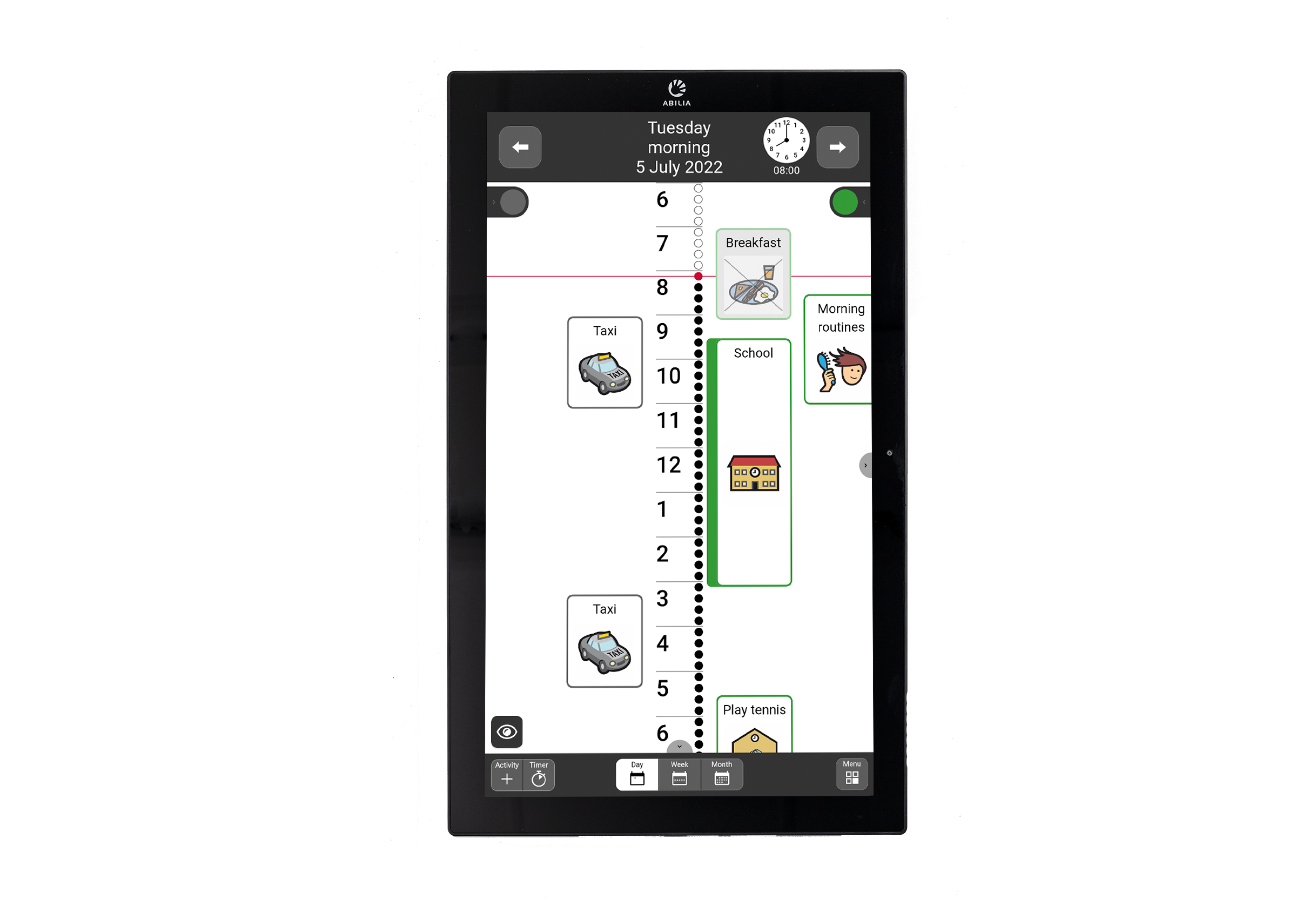
In an interview with Linn Andrea Foss, she shares her advice and thoughts on the implementation of welfare technology. She is responsible for Technology Enabled Care solutions and the main contact in a care home with 12 residents in Bærum municipality in Norway. Opened 3 years ago, each resident has their own room.
Linn Andrea shares the positive experiences they have had after the introduction of Abilia's time- and planning solution, MEMOplanner, and how it has impacted the daily lives of both residents and staff.
She also shares her best tips and advice for the introduction of welfare technology.
Hello Linn Andrea!
You use digital solutions for cognitive impairment – so-called welfare technology – can you tell us more about it?
Each resident had their own calendar and daily planning systems when they moved in. Most were paper based and required a lot of input from staff. Abilia's MEMOplanner is used by 10 out of 12 residents, and implementation has made everyday life easier for both residents and staff.
In what ways has everyday life become easier for the residents?
Residents experience more self-management as they receive reminders from the system and are less dependent on staff to carry out activities.
They experience greater participation as they are presented with choices. For example, choices of meals, activities, and destinations, where previously they only had what was written in the plan on their behalf.
They experience less restlessness, as changes that occur in the plan can be adjusted more easily and quickly when it is digital.
Residents also have better overview, as the use of pictures is simple and clear. They see a picture of who is on duty and which activities they are participating in.
What about the staff?
The staff spend much less time updating the calendar, as everything happens via a web browser. All pictures and information are stored, and recurring events are automated. This gives more time with the residents.
Having multiple residents use the same system also makes training easier. Learning and maintaining many systems is time-consuming.
If changes occur in the plan – as they often do – it is very efficient to adjust.
Information with relatives is also easier, as relatives also have access to the same system.
What are your best tips for facilities considering acquiring welfare technology?
Put the individual first, so the residents' needs are met. Some are skeptical of new systems, so ensure that any transition goes smoothly. Not all residents fit the same solution, but often the limitation lies in skepticism towards something new rather than the ability to use the technology.
Ensure the system is easy to make adjustments, thus providing an easier everyday life for the staff.
What are your tips for those who have acquired welfare technology?
Ensure thorough training before the systems are put into use, preferably from the system provider.
Once the system is in use, we recommend not having too many activities initially. Don't input unconfirmed activities. Keep information on the system relevant to residents not staff. If the resident is capable, let them input information themselves.
Involve family members, so all caregivers can contribute to keeping track and ensuring that the systems are up to date.


